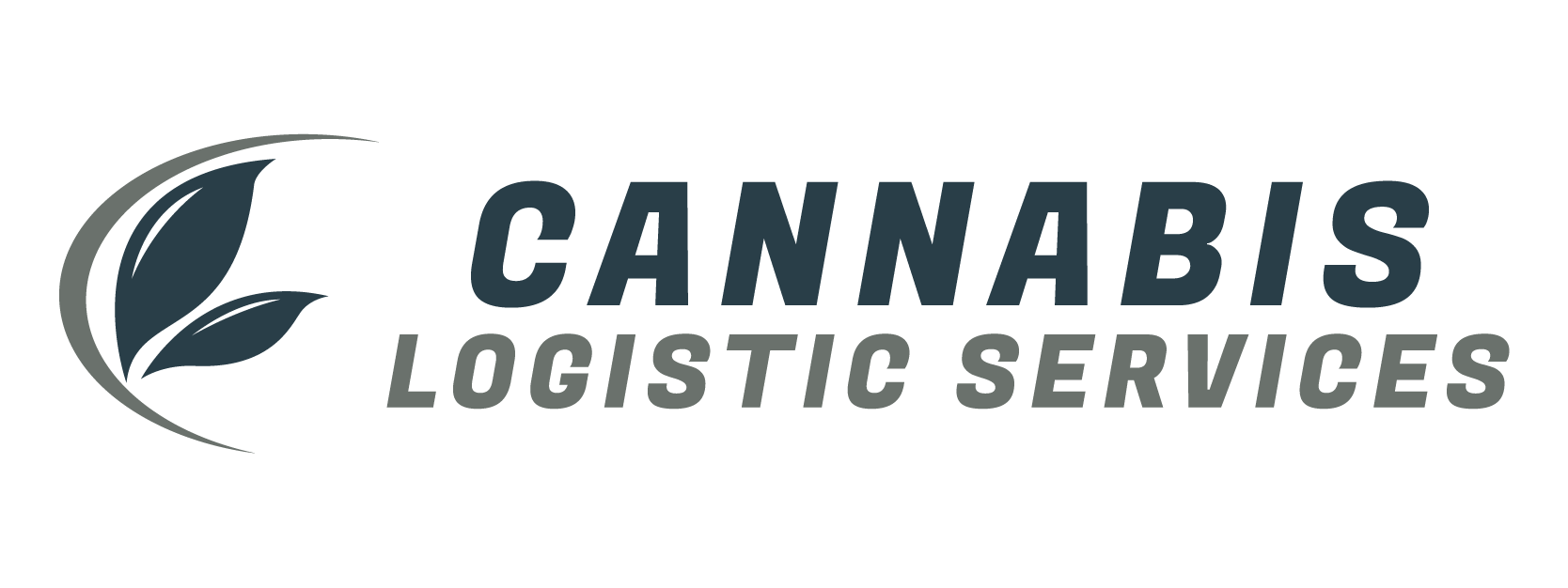The cannabis delivery industry faces distinct logistical demands when operating in urban versus rural settings. Each environment poses unique challenges and opportunities, requiring tailored strategies for success.
Density and Infrastructure
In urban areas, cannabis operators benefit from dense populations, robust road networks, and numerous dispensaries and customers clustered closely together. This concentration allows for high delivery volume in a compact area, making route optimization software critical. Urban operators utilize real-time GPS dispatch tools to plan efficient routes, reduce idle time, and offer same‑hour delivery to consumers accustomed to on-demand service.
Conversely, rural delivery must contend with sparse populations and longer distances between stops. Demand is lower and more spread out, increasing per‑delivery cost and travel time. To address this, rural operators often employ hub‑based strategies—positioning inventory at satellite locations or dispensaries—so couriers can execute longer, fuller routes more economically.
Regulatory Landscapes
Urban jurisdictions often feature complex and varied local regulations—such as traffic restrictions, curb‑parking rules, or delivery time windows. Operators must stay agile and compliant across numerous city codes. As a result, many urban services invest heavily in software that tracks regulatory boundaries and adjusts workflows in real time.
In rural territories, while regulations may be simpler, sparse oversight can create a patchwork of inconsistent enforcement. Delivery services must self‑implement governance structures to ensure strict compliance across multiple counties or regions.
Security and Risk Management
Cannabis products are high‑value items whether delivered in a city block or across hundreds of country miles. In urban areas, risks include package theft (“porch pirates”) and unauthorized access. Operators combat this with locked couriers, ID checks at delivery, and secure proof‑of‑delivery systems.
Rural routes, although encountering fewer bystanders, have greater exposure to vehicle theft or highway robberies. Thus, couriers require GPS tracking, scheduled check‑ins, and heightened vehicle security measures.
Technology Adoption
Technology plays a pivotal role in both environments, but its applications differ:
- In urban centers, cannabis companies integrate route‑optimization, mobile apps with live tracking, and AI‑driven demand prediction.
- In rural areas, technology supports logistics differently: scheduling larger, consolidated delivery runs; enabling drone or robot initiatives in areas with minimal ground traffic; and ensuring secure inventory at regional hubs.
Consumer Preferences
Consumer behavior diverges significantly between urban and rural settings. In urban zones, frequent users—especially younger demographics—value quick, discreet delivery and often order via app without in‑person interaction. Detailed product information and seamless reordering through mobile platforms are critical.
In rural areas, infrequent consumers may still favor in‑store visits, but home delivery proves essential for those with limited mobility or minimal access to dispensaries. Marketing must emphasize reliability, broader delivery windows, and minimal contact.
Cost Structures & Efficiency
Urban logistics benefit from economies of density but suffer from high congestion and delivery friction. To optimize costs, companies use multi‑drop routes and operate during off‑peak hours.
Rural delivery, by contrast, faces high per‑mile costs and scheduling inefficiencies. Common tactics include bundling multiple orders per trip, offering delivery incentives, and utilizing regional fulfillment hubs to reduce individual trip distance.
Final Thoughts
Cannabis delivery requires adaptive strategies that respect geographic realities:
- Urban success relies on speed, tech integration, regulatory agility, and security in high‑traffic environments.
- Rural viability depends on consolidation hubs, longer run planning, stronger self‑regulatory controls, and infrastructure innovation.
By understanding and responding to these divergent logistical demands, cannabis delivery managers can build resilient, efficient operations that serve users from downtown avenues to country lanes.
